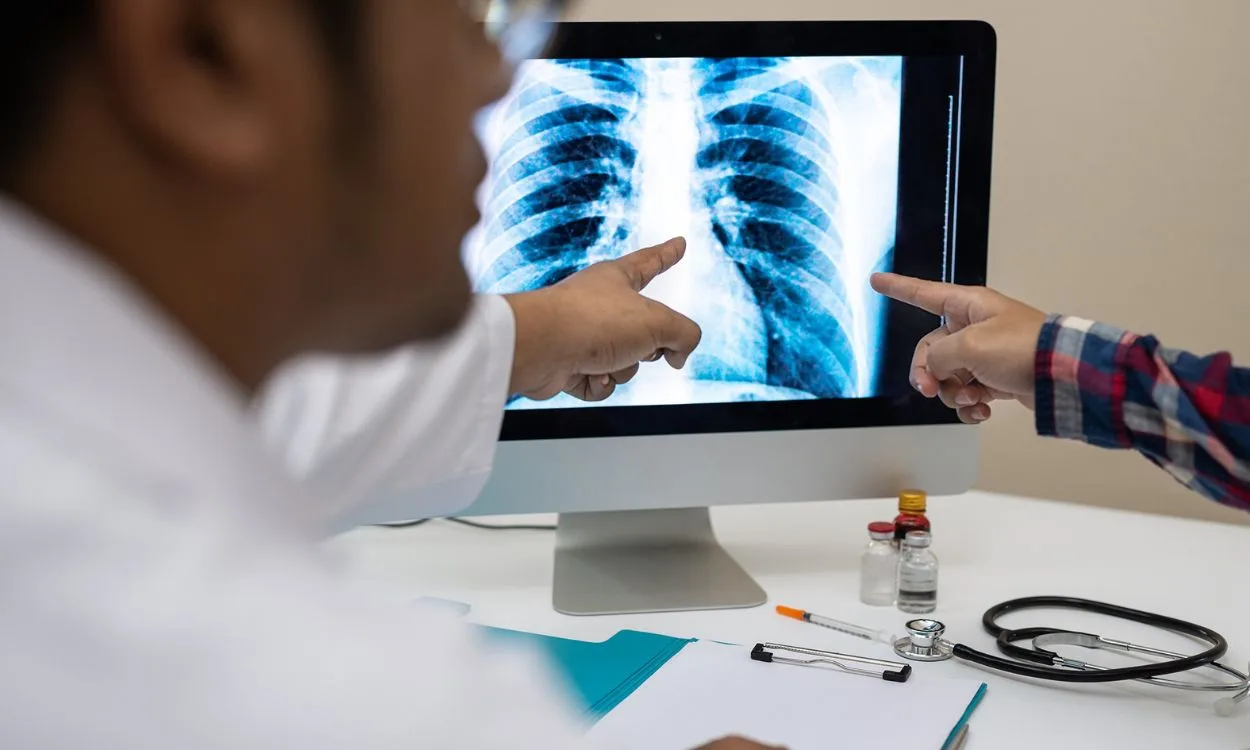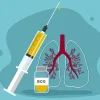How is TB Diagnosed and Treated?
Introduction
Tuberculosis (TB) is a contagious bacterial infection that primarily affects the lungs but can also affect other parts of the body. It is a significant public health concern in India, with a high burden of TB cases. Early diagnosis and appropriate treatment are crucial for managing the disease and preventing its spread. In this article, we will discuss how TB is diagnosed and treated, providing valuable information to readers about this prevalent disease.
Diagnosing TB
- Medical History and Physical Examination: The first step in diagnosing TB is a thorough medical history and physical examination. The doctor will inquire about symptoms such as persistent cough, fatigue, weight loss, night sweats, and fever. They will also examine the patient’s lungs, looking for signs of infection.
- Tuberculin Skin Test: Also known as the Mantoux test, this simple and inexpensive test involves injecting a small amount of purified protein derivative (PPD) into the skin. The doctor will then check for a specific reaction at the injection site within 48 to 72 hours. A positive reaction indicates exposure to TB bacteria, but further tests are required to confirm active infection.
- Interferon-Gamma Release Assay (IGRA): This blood test helps determine if a person has been infected with TB bacteria. It measures the release of interferon-gamma, a substance produced by the immune system in response to TB infection. IGRA is considered more specific than the tuberculin skin test.
- Chest X-ray: A chest X-ray helps identify any abnormalities in the lungs, such as infiltrates, cavities, or enlarged lymph nodes. Although an X-ray alone cannot diagnose TB, it provides valuable information for further evaluation.
- Sputum Test: Sputum samples are collected to examine under a microscope for the presence of acid-fast bacilli (AFB). This test, known as sputum smear microscopy, is a rapid and cost-effective method to identify TB bacteria. If the sputum test is positive, additional tests are performed to determine drug susceptibility.
- GeneXpert MTB/RIF Test: This molecular test is used to detect Mycobacterium tuberculosis (MTB) DNA and assess its resistance to rifampicin, one of the primary drugs used in TB treatment. The GeneXpert test provides rapid results and is particularly valuable in detecting drug-resistant TB.
Treating TB
- Drug Therapy: TB is treated using a combination of several antibiotics for an extended period. The most common treatment regimen is a combination of four drugs: isoniazid, rifampicin, pyrazinamide, and ethambutol. The specific drugs and duration of treatment may vary based on the patient’s age, drug resistance, and medical history.
- Directly Observed Treatment (DOT): DOT is a recommended strategy for ensuring effective treatment. It involves a healthcare worker observing the patient taking their medication to ensure adherence and completion of the full treatment course. This approach helps prevent the development of drug-resistant TB and improves treatment outcomes.
- Regular Monitoring and Follow-up: During TB treatment, regular monitoring is essential to assess the patient’s response to medication and detect any adverse effects. The doctor may order periodic sputum tests, blood tests, and chest X-rays to evaluate the progress and adjust the treatment plan if necessary.
- Lifestyle Modifications: Along with medication, lifestyle modifications play a crucial role in TB treatment. Patients are advised to maintain good nutrition, get adequate rest, practice respiratory hygiene, and avoid close contact with others until they are no longer contagious.
Fitpaa: Your Partner in Achieving Health and Fitness Goals
Now that we have discussed TB diagnosis and treatment in detail, it is essential to focus on overall health and well-being. Fitpaa, an AI-driven metabolism monitoring and management technology, can help individuals achieve their health and fitness goals, including recovering from TB.
Fitpaa provides a comprehensive approach to optimizing metabolism and improving overall health. Through personalized Fitpaa Capsules, individuals receive guidance from a team of fitness coaches, nutritionists, and doctors. These capsules combine medical therapy, exercise therapy, nutrition therapy, and cognitive behavior therapy to support the body’s healing and help achieve fitness goals.
The Fitpaa mobile app offers real-time guidance, habit-building tools, workout trainers, and diet trackers to make following the fitness plan easy and enjoyable. The app’s features, combined with regular consultations and reviews from the Fitpaa team, ensure individual progress and success.
Conclusion
Early diagnosis and appropriate treatment are vital in managing TB. Medical history, physical examination, and diagnostic tests help confirm TB infection. The treatment involves a combination of antibiotics, regular monitoring, and lifestyle modifications. Fitpaa, with its personalized approach to health and fitness, can be a valuable tool in achieving overall well-being, including post-TB recovery. Download the Fitpaa app today and begin your journey towards a healthier and fitter life.









